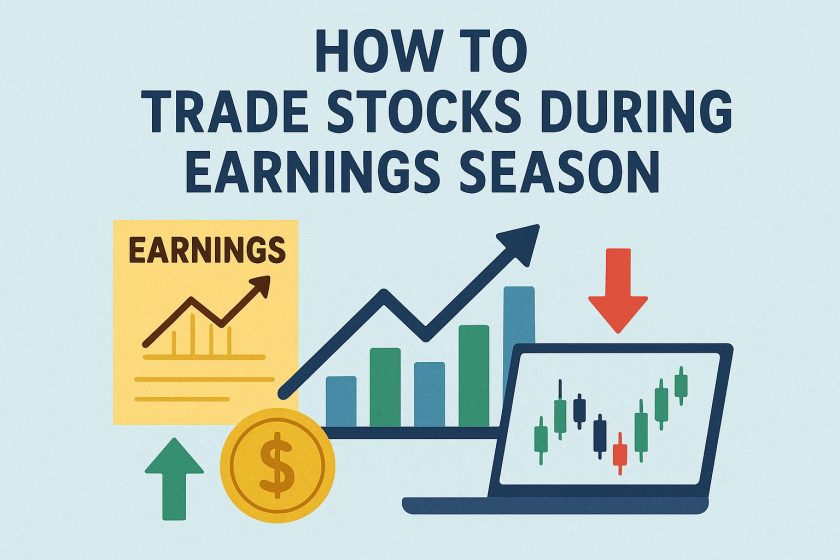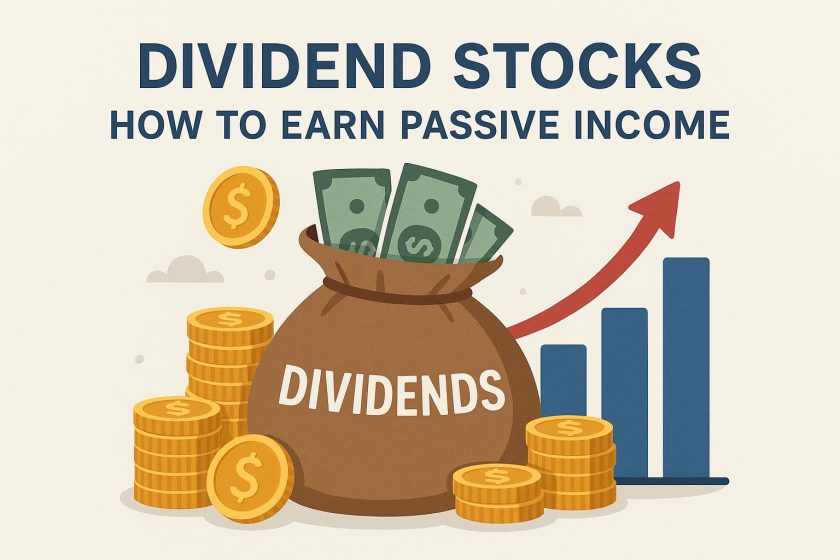Understanding Market Sentiment
Market sentiment constitutes a crucial aspect of the financial markets, encapsulating the collective attitude and broader feelings of investors toward specific markets or assets. This sentiment profoundly influences price movements across stock markets and other financial arenas. Market sentiment oscillates between two primary types: bullish and bearish. A bullish sentiment signifies optimism, where investors expect prices to rise, while a bearish sentiment suggests widespread pessimism, predicting a downturn in prices. Discerning the underlying elements of market sentiment necessitates a thorough understanding of the sophisticated interaction between psychological and economic factors that shape investor perceptions and decisions.
Psychological Influences
The psychological dimensions of market sentiment cannot be overstated. Investors’ collective psyche can significantly amplify existing market trends, resulting in amplified price fluctuations. When investors collectively become overly optimistic, this sentiment can push stock prices beyond their fundamental values. Conversely, when excessive pessimism prevails, it can depress prices below what intrinsic values might suggest.
Fear and Greed
Fear and greed are the two predominant emotions often cited as powerful drivers of market sentiment. These emotional states can lead to phenomena such as irrational exuberance—a heightened state of optimism that overlooks potential risks—or panic selling, where fear triggers hurried sales, thereby contributing to market volatility. When greed leads the sentiment of investors, there can be a tendency to inflate the perceived value of stocks. Meanwhile, a fear-driven sentiment might lead to significant undervaluation, both having profound consequences on stock market prices.
Economic Indicators
Economic indicators form another critical pillar influencing market sentiment. Elements like GDP growth rates, unemployment statistics, and inflation rates provide investors with insights into the current and future economic landscape. These indicators crucially shape investors’ expectations regarding the macroeconomic environment, thereby influencing the overarching sentiment. Generally, positive economic data fosters an optimistic or bullish market sentiment, while adverse economic reports might brew bearish sentiments, causing investors to become wary.
Interest Rates and Monetary Policy
Interest rates, determined by central banking institutions, stand as a pivotal element that affects market sentiment extensively. Lower interest rates typically encourage borrowing and investment, which can cultivate a positive market sentiment. This environment can lead investors to anticipate stronger corporate earnings and economic growth. On the other hand, higher interest rates might restrain market enthusiasm, leading to more cautious investment approaches and fostering negative sentiment. Central banks’ monetary policies are, therefore, essential in guiding market expectations and shaping resultant sentiment surrounding future market conditions.
Media Influence
Media presence significantly molds market sentiment by disseminating information and analyses that guide investors’ decisions. Financial news outlets, detailed analysts’ reports, and even trending discussions on social media platforms contribute to shaping public sentiment toward markets. News headlines can have a profound impact: positive headlines generally enhance investor confidence, fostering a bullish sentiment, while negative headlines can invoke caution or fear, leading to a bearish outlook.
Analyst Opinions and Forecasts
Analysts play a pivotal role in influencing market sentiment through their opinions and forecasts. Should renowned analysts issue optimistic forecasts or affirm spotlight recommendations, it can bolster buying activities among investors, leading to an appreciation in stock prices. In contrast, if analysts provide a negative assessment of market conditions or specific stocks, it could suppress sentiment and stimulate selling, resulting in lower stock prices.
The Self-Fulfilling Prophecy
Market sentiment’s power extends into the realm of self-fulfilling prophecies, where strong prevailing sentiments can lead investors to make decisions reinforcing these sentiments, subsequently influencing stock prices further. For example, collective belief among investors in an impending stock price rise can lead to an aggressive buying spree, instigating a price increase that, in turn, validates the initial sentiment. This behavioral loop showcases how perception can manifest into reality within financial markets.
Conclusion
For investors, grasping the nuances and dynamics of market sentiment is paramount. This comprehension facilitates informed decision-making within the unpredictable and ever-changing framework of stock markets. Analyzing psychological factors, considering crucial economic indicators, and understanding the influence of media are essential for accurately gauging the market mood and anticipating possible price changes. While market sentiment alone doesn’t dictate stock price evolution, its role is undeniable in steering both the direction and extent of price shifts. Investors who embrace the subtleties of market sentiment may develop an enhanced ability to maneuver through the uncertainties that intricately weave through the fabric of financial markets.


